Wildlife gardening is becoming popular among many Aussies who are welcoming native animals into their yards and bringing locally lost indigenous plants back to their areas. However, weeds can quickly undermine wildlife gardens, and if not controlled they can spread into native bushland and threaten indigenous plants and animals.
While keeping on top of the weeding is the simplest way to keep your wildlife garden happy and healthy, it takes time. Some folks turn to herbicides to solve their weed problems. However, herbicides can have a disastrous effect on native plants and environments.
Fortunately, there are three simple, nature-friendly tricks everyone can employ in their wildlife garden to keep the weeds under control.
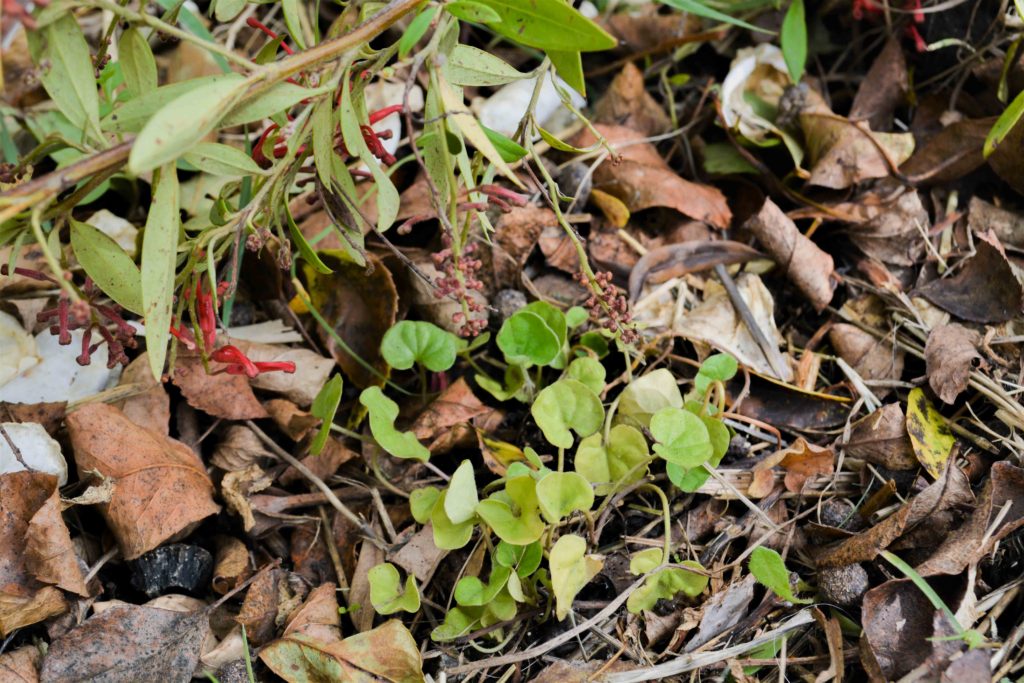
1. Fight weeds with natives
Native plants can be great partners in your fight against weeds. In nature, plants compete with each other for light, water and nutrients. The same thing occurs in the garden, where your best allies are dense indigenous groundcovers. These locally adapted indigenous plants thrive in your conditions, provide food and shelter for wildlife, and take up light, nutrients and water so as to inhibit the growth of nearby weeds.
Mat-rushes (Lomandra spp.), tussock grasses (Poa spp.), and saltbushes (Atriplex spp. and Chenopodium spp.) are excellent candidates. They grow widely across Australia and help to attract native butterflies, birds, and lizards. Make sure to plant them close enough together so that, once they mature, their foliage covers any bare ground and block light from reaching weed seedlings.
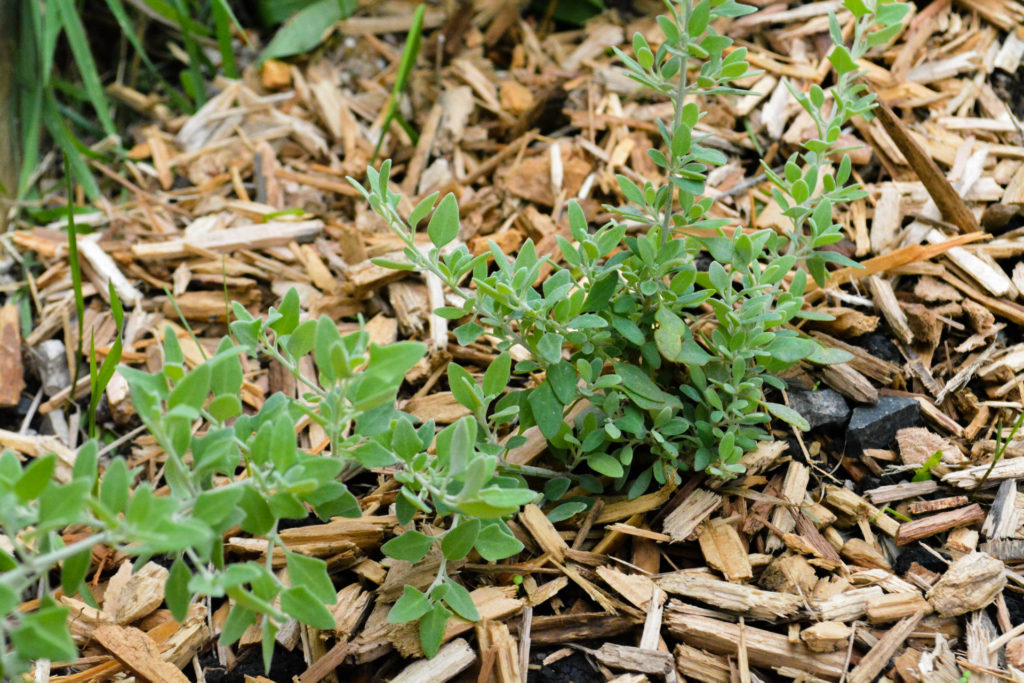
Some native plants, such as sheoaks (Allocasuarina spp.), produce chemicals which inhibit the growth of nearby plants (including weeds) – a phenomenon known as allelopathy. Sheoaks can be planted in parts of the garden that are difficult to access so that you can avoid weeding these spots. They are also excellent windbreaks and attract parrots, which feed on their seed pods.
2. Mulch, mulch, mulch!
When it comes to fighting weeds, prevention is critical. While indigenous plants can compete with weeds and suppress them, it may take some time.
Mulching is an ideal way to prevent weeds from germinating. Mulch helps keep the ground below moist, and fertilises the soil as it breaks down. There are two factors to consider in applying your mulch: the type of mulch and the depth of the layer. Avoid mulch made from pine wood because it acidifies the soil. Instead, look for mulch made from native species. A covering of about 5 cm insulates the ground, reduces evaporation and inhibits weeds, without preventing water from getting through to the soil.
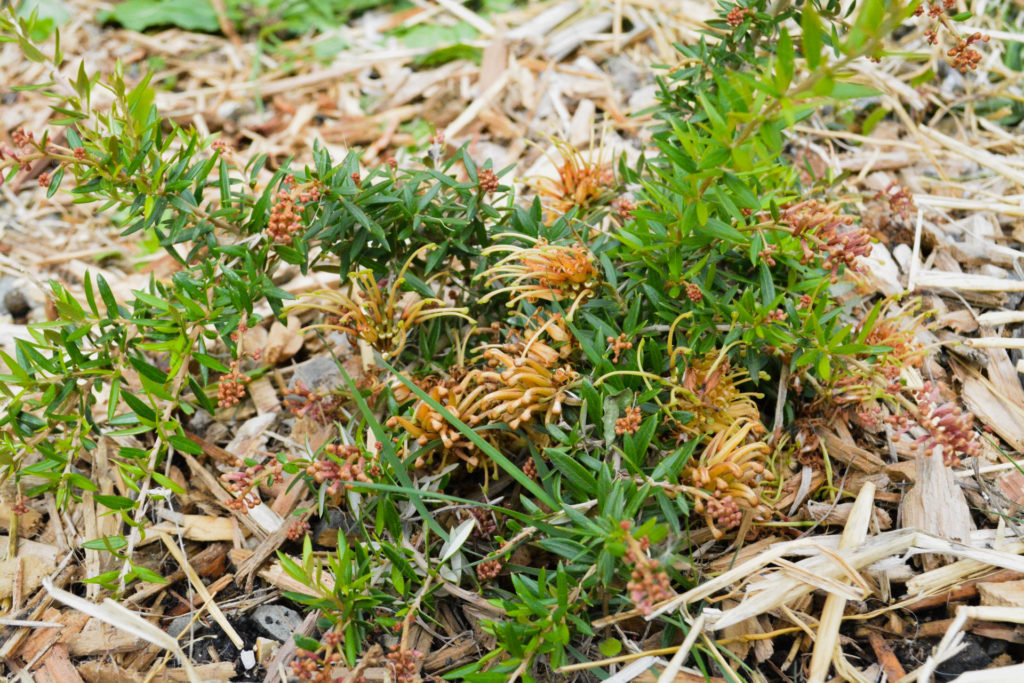
3. A herbicide-free weed killer
Sometimes weeds are already well established and difficult to remove. While herbicides may not be an option, boiling water certainly is. Pouring boiling water over weeds damages the foliage and eventually kills the plant, but you may have to repeat the process a few times. A good habit is to head out with the kettle once or twice a week and treat any persisting weeds.
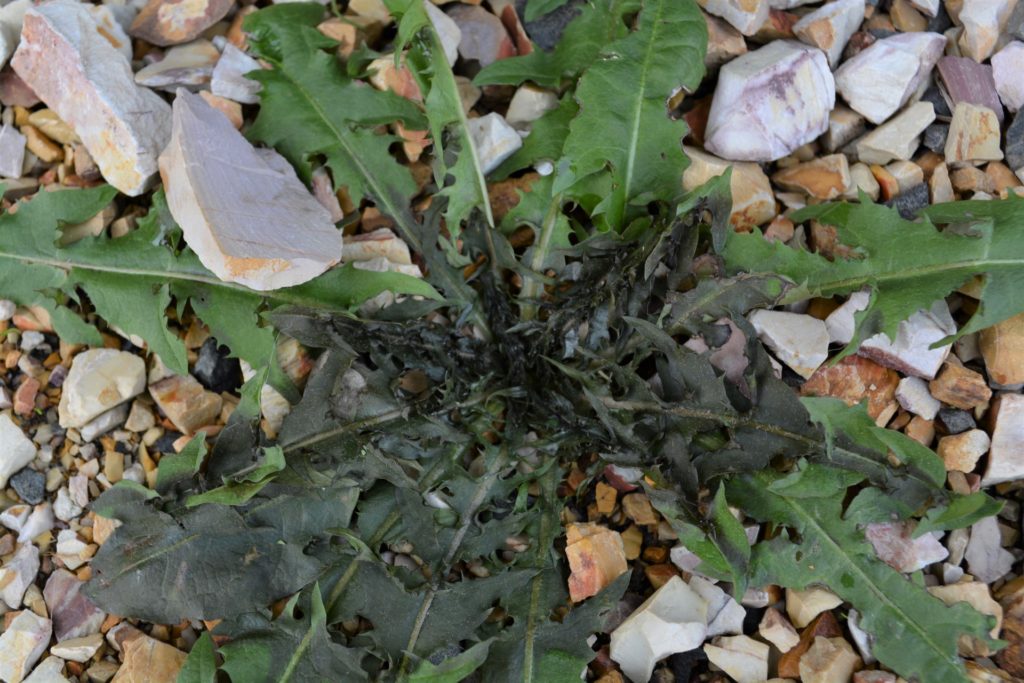
Now you have three easy tricks to keep weed in your wildlife garden under control. Mulching will keep your water bill down as well as the weeds, and your indigenous groundcover will provide food and shelter for wildlife.
So, why not head out this weekend and start planting and mulching your way to a happier and healthier patch for you and your local wildlife.
All images courtesy of Remember The Wild editor Sarah Thomson, from her own fledgeling wildlife garden.

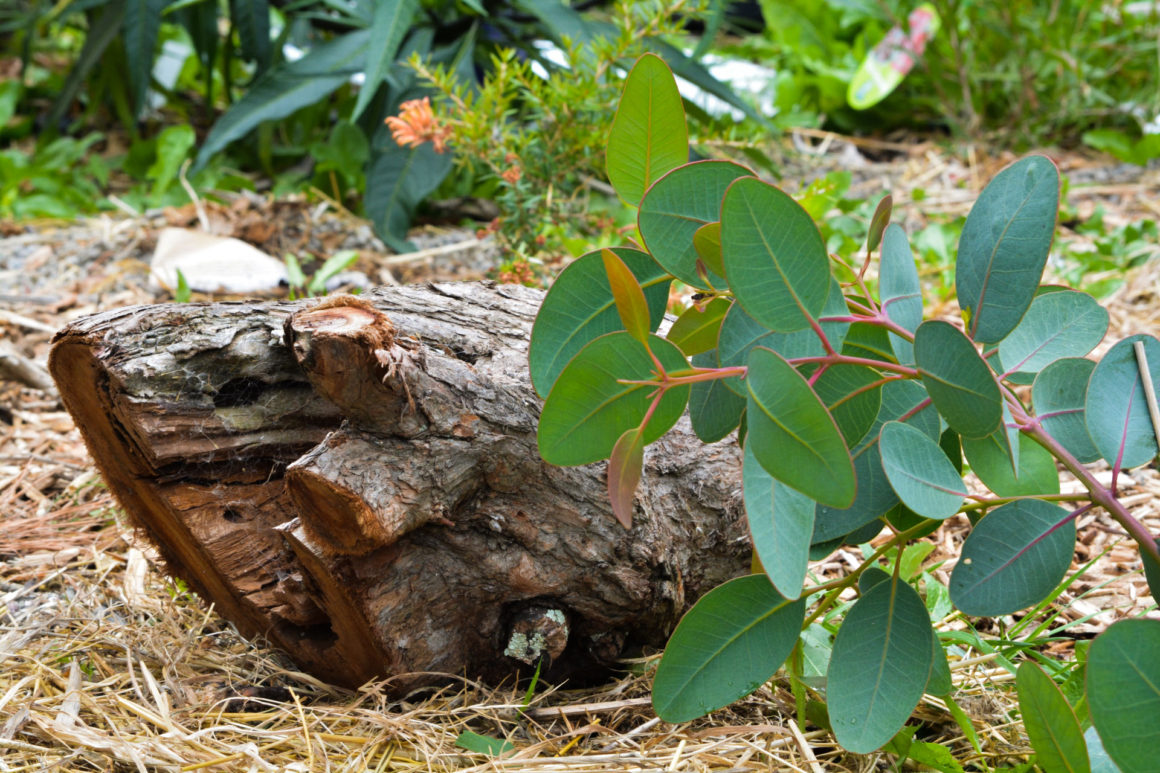
Leave a Reply